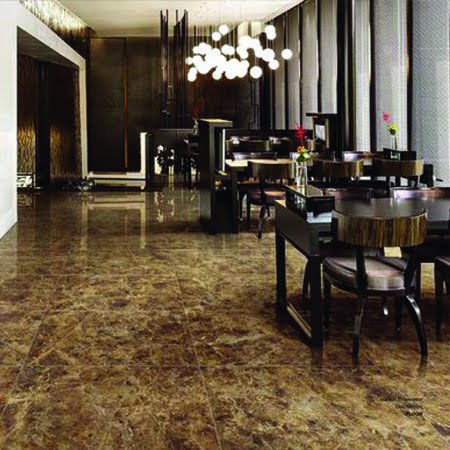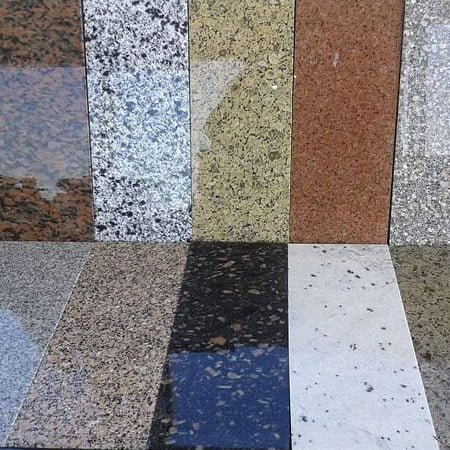
Eco-Friendly Benefits of Egyptian Limestone in Construction and Design
In an era where sustainability and environmental consciousness are paramount, finding construction materials that are both aesthetically pleasing and eco-friendly is a top priority for architects, designers, and homeowners. Egyptian limestone stands out as a remarkable choice, offering not only timeless beauty but also a range of eco-friendly benefits. In this blog, we will delve into the sustainable aspects of Egyptian limestone in construction and design, exploring how it contributes to a greener and more environmentally conscious built environment.
Abundance and Local Sourcing:
One of the key eco-friendly advantages of Egyptian limestone lies in its abundance and local availability. Egypt is renowned for its vast limestone reserves, making it a readily accessible and sustainable resource. By utilizing locally sourced limestone, the need for long-distance transportation is reduced, resulting in lower energy consumption and carbon emissions associated with transportation.
Natural and Renewable Resource:
Egyptian limestone is a natural and renewable resource, formed over millions of years through the accumulation of sedimentary materials. Unlike synthetic materials that require energy-intensive manufacturing processes, limestone is quarried directly from the earth, preserving natural resources and minimizing the carbon footprint associated with production.
Energy Efficiency:
The thermal properties of Egyptian limestone make it an excellent choice for energy-efficient construction. Limestone has a high thermal mass, which means it can absorb and store heat during the day and release it slowly at night, reducing the need for excessive heating or cooling systems. This natural insulation property can contribute to energy savings, improved indoor comfort, and reduced reliance on artificial heating and cooling methods.
Durability and Longevity:
One of the most significant eco-friendly benefits of Egyptian limestone is its exceptional durability and longevity. Limestone is a dense and resilient material that can withstand the test of time, reducing the need for frequent replacement or renovation. By choosing limestone for construction and design projects, you can contribute to the reduction of waste and the conservation of resources.
Low Maintenance and Chemical-Free:
Egyptian limestone requires minimal maintenance compared to other materials. Its smooth surface is easy to clean and does not require harsh chemicals or cleaners, reducing the use of harmful substances that can negatively impact indoor air quality and the environment. This low-maintenance attribute contributes to a healthier and more sustainable living environment.
Recyclability and Reusability:
Limestone possesses the advantage of recyclability and reusability. In construction projects, limestone can be salvaged and repurposed for various applications, such as landscaping, pathway construction, or even as aggregate for new concrete. The ability to recycle and reuse limestone reduces waste generation and limits the demand for new materials, thereby promoting a circular economy and minimizing environmental impact.
Aesthetics and Biophilic Design:
The natural beauty and aesthetics of Egyptian limestone also contribute to eco-friendly design principles, particularly biophilic design. Biophilic design aims to reconnect people with nature by incorporating natural elements into the built environment. The earthy tones, textures, and patterns of limestone create a sense of harmony and connection with the natural world, promoting well-being and reducing the need for artificial decorative materials.
Egyptian limestone offers a range of eco-friendly benefits that make it an ideal choice for sustainable construction and design. Its abundance, local availability, natural properties, durability, and recyclability contribute to a greener built environment. By embracing the beauty and sustainability of Egyptian limestone, we can create spaces that are not only visually appealing but also environmentally responsible. Let us embrace this remarkable natural resource and pave the way for a more sustainable future.
You may also like ..




